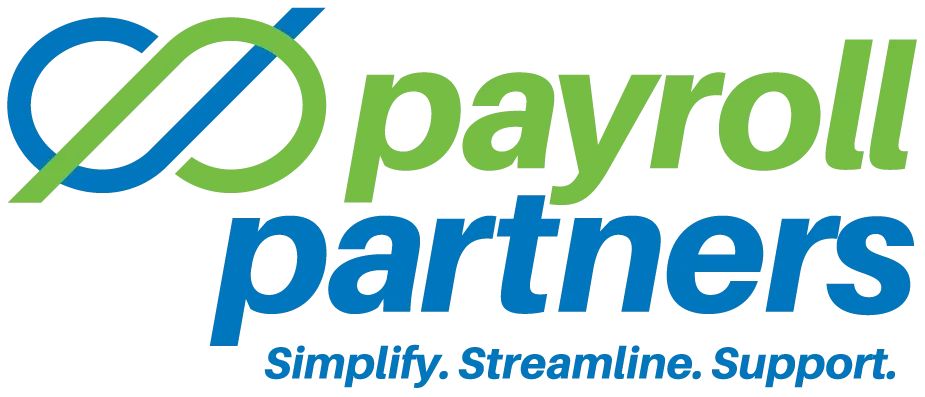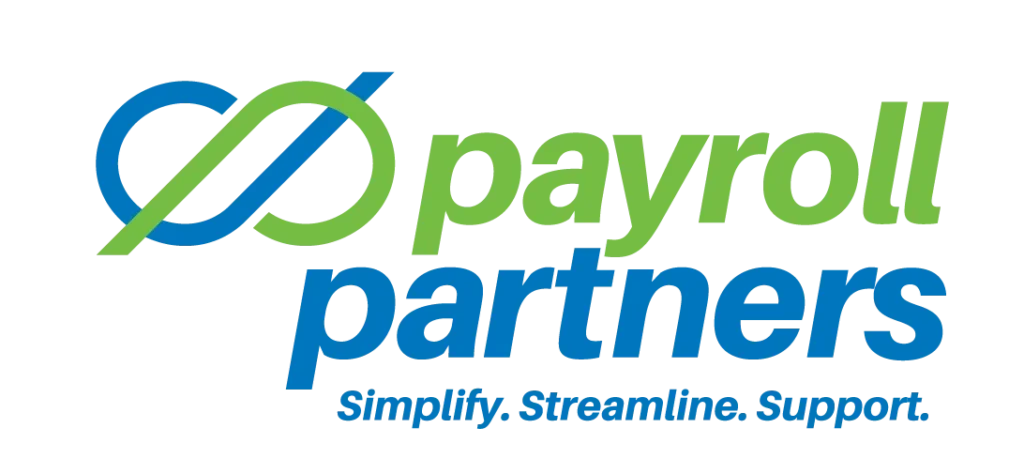The SBA released the Paycheck Protection Program Loan Forgiveness Application on May 15, 2020 at 7:30 p.m. Below are the most salient points from the guidance:
Simplifies the 8-week cutoff
The new guidance allows use of an 8-week covered period from loan disbursement date or “Alternative Payroll Covered Period,” which begins on the first day of the first payroll period following the loan disbursement date and ends 8 weeks/56 days later.
It also addresses “incurred and paid” complexity by allowing the last pay period to continue to be eligible for forgiveness if paid on or before the next regular payroll date, even if this date is outside the 8-week period. This removes the need to accelerate pay dates.
Non-payroll costs can be included as paid during the 8-week period following loan disbursement or incurred during the 8-week period following the loan disbursement and paid on or before the next regular billing date (even if outside the 8-week period following the loan disbursement).
Defines Full-time Equivalent (FTE) and creates a simplified method
Full-time equivalent refers to employees working at least 40 hours or a group of employees accumulating 40 hours. The guidance creates a simplified method to accumulate FTEs: each employee working at least 40 hours shall be counted as 1 FTE, and those working under 40 hours counted as 0.5 FTE.
Clarifies $100K payroll costs cap
This cap applies to all cash compensation and is to be applied to the 8-week period so that no employee should have forgivable cash compensation in excess of $15,385. There is no need to apply the cap on a weekly basis.
Confirms magic June 30 date
The guidance confirms that penalties for reduced FTEs and pay rate reductions in excess of 25% for those earning less than $100K during the 8-week period are eliminated if those FTEs and payrate reductions are restored by June 30, 2020.
Creates safe harbor for certain FTE reductions outside the control of the borrower
Employees who, during the 8-week period or Alternative Payroll Covered Period, are fired for cause, voluntarily resign or whose hours were reduced as a result of requesting and receiving reduced hours and are not replaced shall be counted as an FTE as if they were employed fully during the 8-week period. This eliminates loan forgiveness penalties for FTE reductions that are somewhat outside the control of the borrower.
Additionally, guidance in the Treasury’s FAQ #40 continues to be relevant for a laid off employee who is offered to be rehired but declines that offer. This FTE can be included in the count as fully employed with no loan forgiveness penalty.
Clarifies and Simplifies application of 75/25 collar
Calculation of loan forgiveness provides for the lesser of a “Modified Total,” the loan amount or payroll costs divided by 75%. The Modified Total is the payroll costs plus non-payroll costs reduced for reductions in salary and wage and then multiplied by FTE reduction percentage.
Prohibits increases in owner-employee or self-employed individual/general partner compensation during the 8-week period
Owner compensation cannot be increased from 2019 levels and is also capped at $15,385.
Specifies explicit documentation requirements
The guidance requires a borrower to submit detailed documentation to support loan forgiveness application and requires retention of that documentation for six years from when the loan is forgiven or repaid in full.
This article was first published by Grassi Advisors & Accountants on May 16, 2020.
This information is provided with the understanding that Payroll Partners is not rendering legal, accounting, or other professional advice or service. Professional advice on specific issues should be sought from an accountant, lawyer, or other professional.

